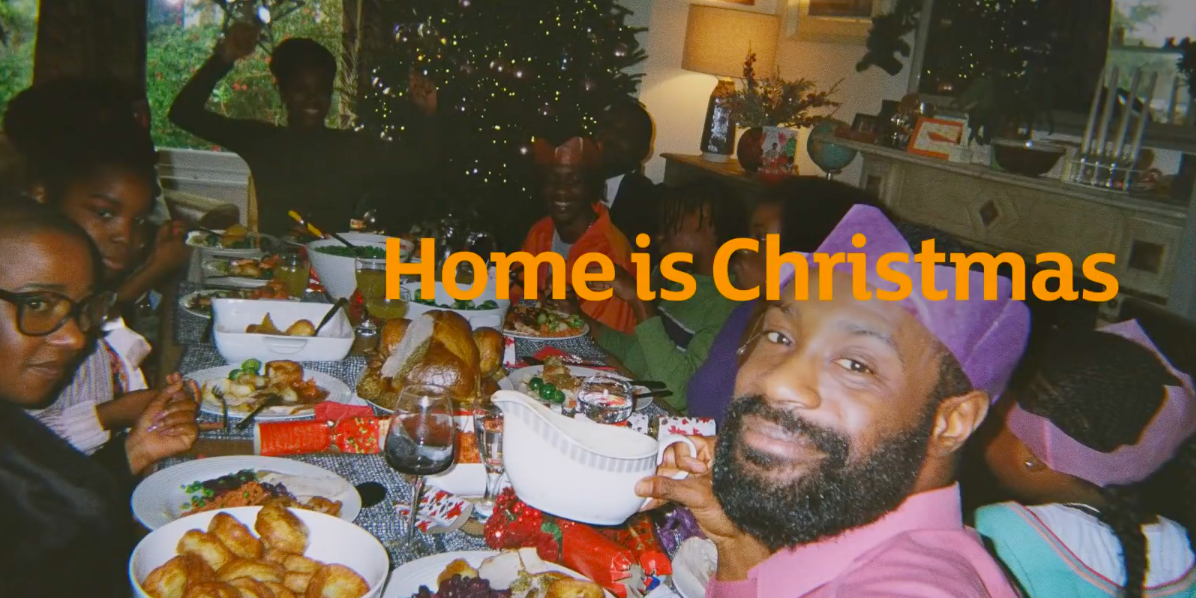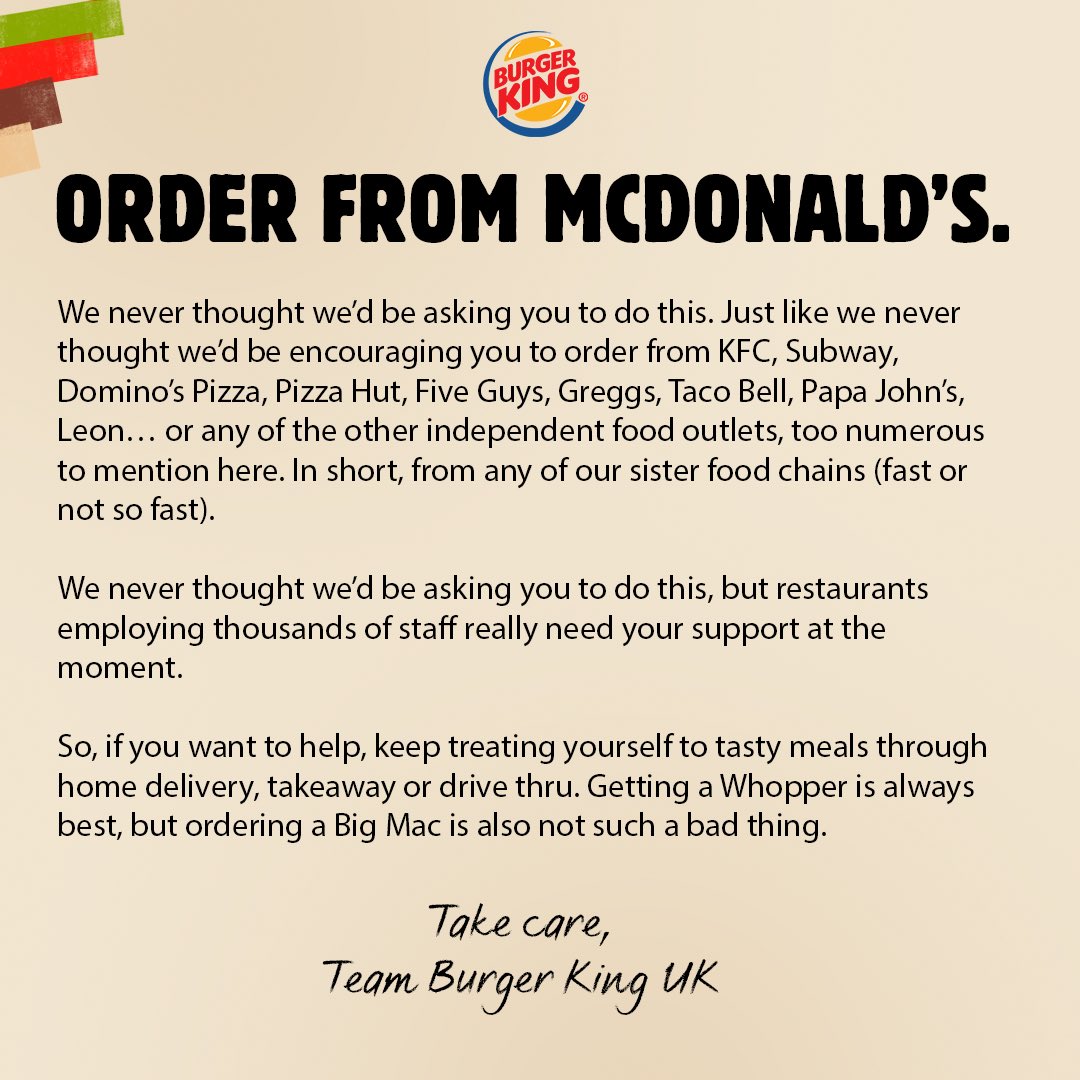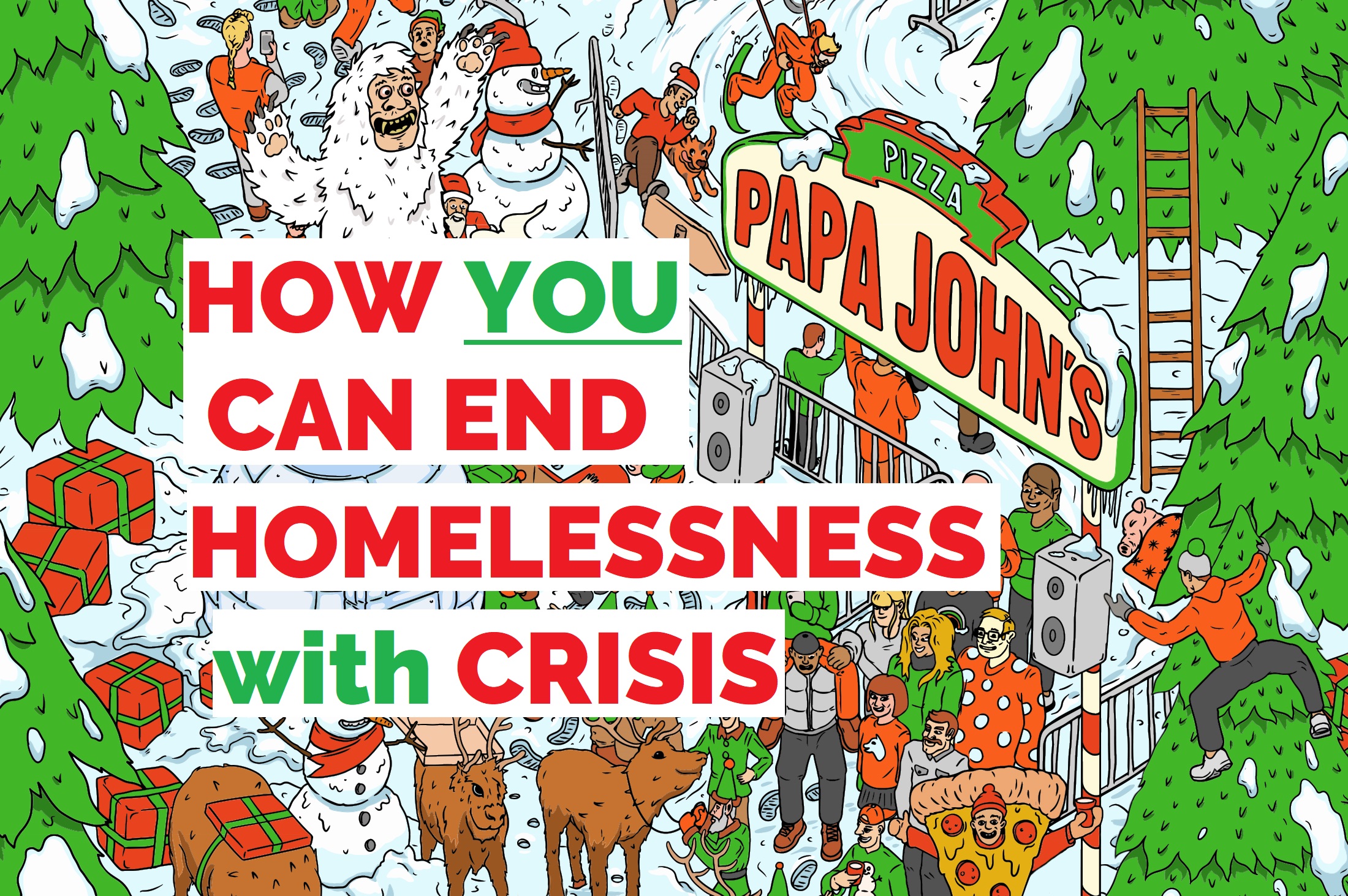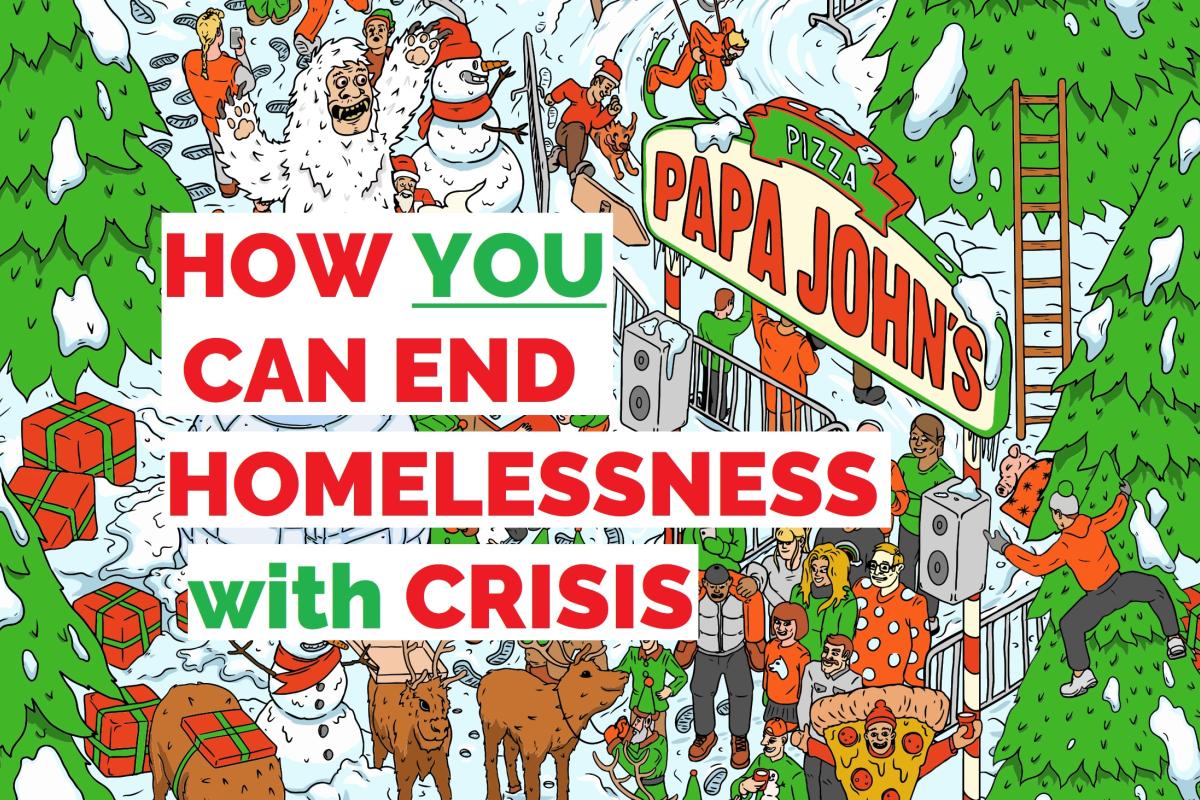In July I wrote a column that highlighted the connection between levels of advertising spend and levels of consumer confidence in the market. This identified an interesting correlation following the 2008 financial crisis, where GDP went back into growth within 18 months, but consumer confidence only appeared to improve three years after that when advertising spend finally returned to pre-recession levels.
This led us to ask the question “What is the relationship between advertising and consumer confidence, and can we leverage that relationship further to accelerate consumer confidence and therefore economic growth?” Now admittedly, it is a pretty big question and it does risk over-inflating the importance of advertising, but with that caution in mind, we started to investigate how brands could best contribute to increasing consumer confidence.
On the back of this investigation, we released a “Future Tensions in Consumer Confidence” report which explores a variety of contributors to consumer confidence and suggestions on how brands can react.
Today I wanted to expand on one of those themes.
The challenge we face in every recession is that knowing the right thing to do and actually doing it are two very different things.
There are numerous highly respected pieces of research – best summarised by (Gerard J Tellis and Kethan Tellis Journal of Advertising Research, Vol. 49, No. 3, September 2009) that have proven that the most likely route to coming out of a recession in one piece is to invest in your brand through advertising. The brands that maintained or increased their spend in previous recessions almost always outperformed the brands that did not, not just in terms of revenue, but profit too.
But everyone in the industry is aware of that – however, releasing advertising budgets when the bottom line is under such pressure, is a very difficult thing to do. Instead of pushing the same point, we tried to understand why advertising drove such success and how we might otherwise recreate it if we don’t have access to those marketing budgets.
What we discovered is that spending on large scale, high cost media during a recession is considered by consumers to be a signal of business health and confidence. If you are able and willing to spend money on mass media (in that it reaches well beyond a core target audience), that suggests you are assured that you will see a return. And displays of confidence by brands imbue confidence in their consumers in turn.
In our report we look at a number of different ways that brands can give off signals of confidence without necessarily spending vast sums on advertising, but one in particular jumped out at me.
One signal that truly confident brands give out is collaboration with other brands. If you are comfortable enough in your own brand identity and market perception to share your media space (paid, owned or earned) with other brands (competing or otherwise), that demonstrates a huge amount of self-assurance.
These displays can vary in scale, but all have a similar effect. A recent example was when Waitrose tweeted their support of Sainsbury’s when the latter was under attack from internet trolls for daring to include a black family in their advertising campaign. Sainsbury’s had already made some brave choices there, but for Waitrose to step into the debate to support a direct competitor, showed a real level of faith in their own position. This leadership statement then turned into support from all the other major grocers which culminated in an anti-racism special ad-break where all the advertisers showed solidarity with Sainsbury’s.

Another recent example took this solidarity stance even further. Burger King recently put out an advertisement encouraging its customers to support its competitors during the COVID crisis. This was a really smart way of basically asking its customers to keep coming to Burger King but in the most confident way possible.
To use their own advertising budget to actively promote the entire category shows true leadership behaviours and again signals their confidence that they will still be around in the future to benefit.

A final example sees a brand using its own media to support others. Papa Johns has a long-running partnership with the homelessness charity, Crisis, and they give over their actual pizza boxes and social media presence to driving awareness of the charity as opposed to selling more Pizza. Again, this demonstrates such trust in their own business that they can share their world with other causes.

These collaborations work on a couple of levels.
As mentioned, they really make a statement of confidence about the brands involved, but the added bonus is that when you share your media space, you get more bang for your buck and your overall visibility is higher. Because of the additional connections you make, your brand becomes part of a bigger narrative and is much more memorable.
So, whatever your advertising budget over the next 12 months, if you want to build consumer confidence, have a think about teaming up with like-minded comrades!



